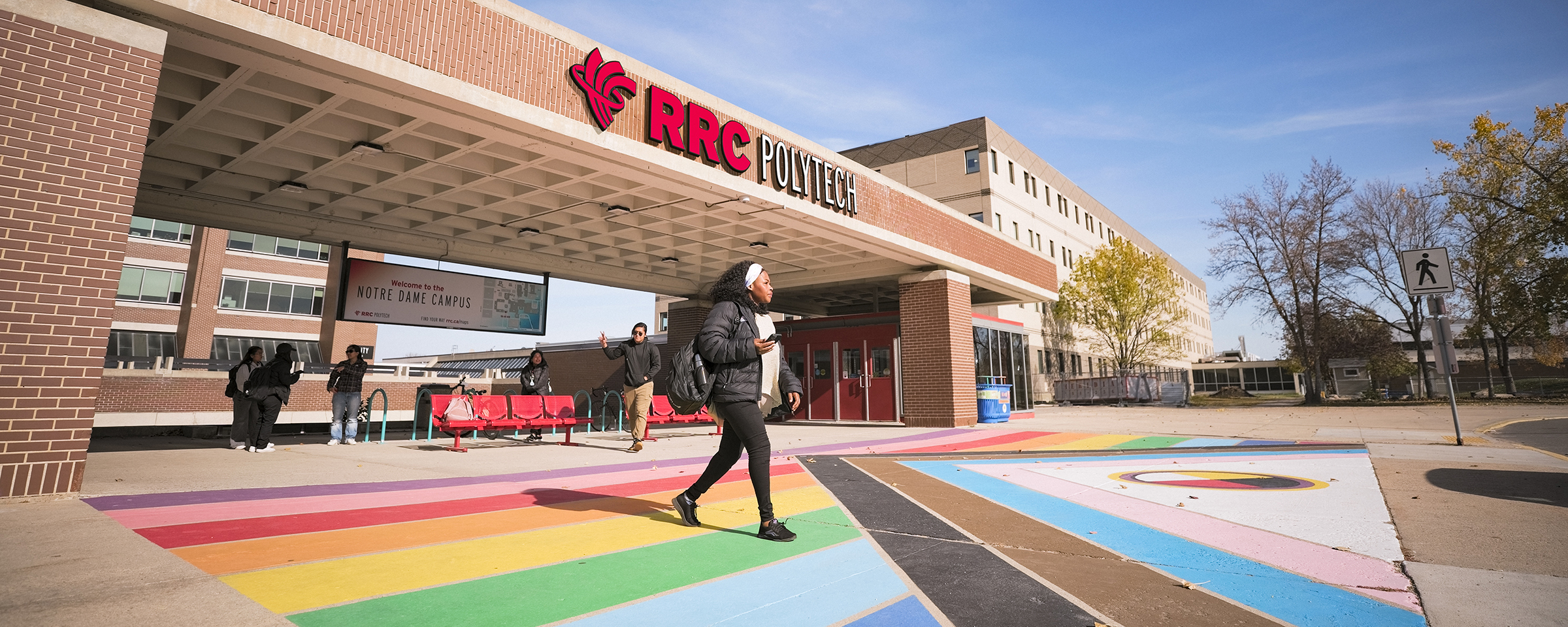RRC climbs to sixth spot on list of Canada’s top research colleges
For the second year in a row, Red River College has ranked among the top Canadian research colleges and polytechnics, climbing to sixth place on the list of Canada’s Top 50 Research Colleges, released this month by Research Infosource Inc.
The College posted $5.82 million in research income during the 2013 fiscal year, an increase over the previous year, when it ranked seventh with $4.37 million.
“Red River College has been a leader in applied research over the last decade, and we’ve seen a steady increase in research income each year,” says David Rew, Interim President at RRC. “Applied research is an integral part of our overall strategy — it contributes in a very productive way to our communities and the experience of our students.”
RRC remains best known for applied research capabilities relating to extreme climate and cold weather technologies and applications, but a number of other research thrusts are rapidly emerging.
“We have built our applied research enterprise in response to community needs, especially our partners in industry.” says Ray Hoemsen, RRC’s Director of Applied Research & Commercialization. “With the support of both the federal and provincial governments we’ve been further developing capacity based upon our core capabilities within the schools and their respective faculty, staff and students.”
International collaboration emerged as an evolving theme over the year, with two efforts standing out: the Zero Emissions Transit Bus project — a partnership that includes Mitsubishi Heavy Industries (Japan) — and the Science of Early Child Development (SECD), developed with multiple partners and funders, including the Aga Khan Foundation, the World Bank, and others.
Earlier this year, a prototype electric bus developed in partnership with Mitsubishi, New Flyer Industries, the province and Manitoba Hydro successfully completed its field testing stage during one of the coldest winters on record.
SECD, meanwhile, continues to strengthen its reputation as a “living” online resource that helps educators, students and child care professionals better understand the impact of children’s early years on longterm development, often replacing expensive and unattainable textbooks in countries around the world.
Both projects give Hoemsen reason to be excited about the year ahead.
“In an increasingly connected world, there has never been more reason to collaborate on an international level. These are exciting projects that will not only benefit our local communities and students, but communities and learners the world over.”
